871 East Hastings Street, Vancouver, BC V6A 3Y1
604-558-2858
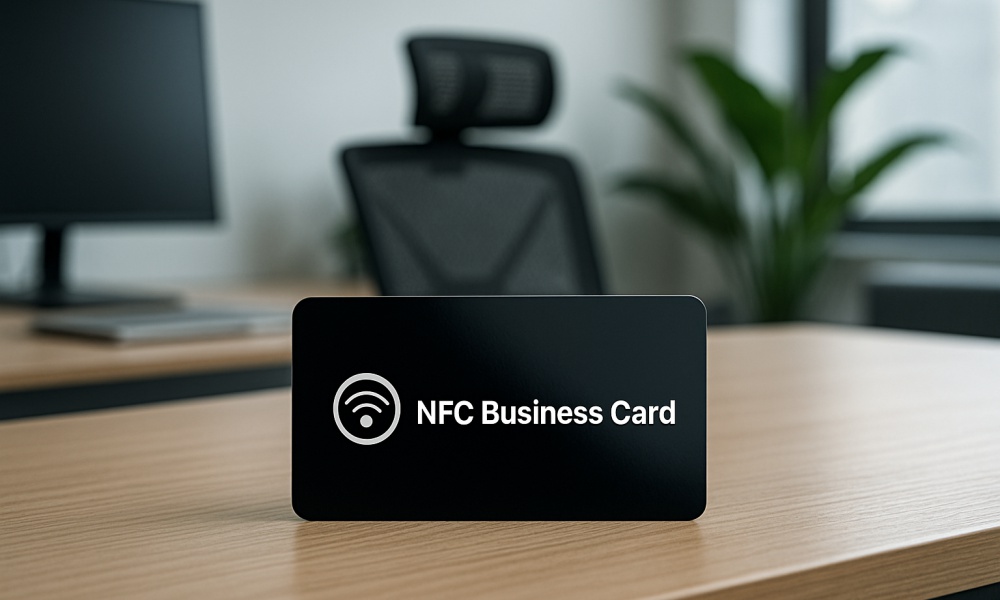
The way we share our professional information has evolved, leading to the rise of the NFC business card. (Contactless Business Card)
An NFC business card (Near Field Communication) is a modern alternative to traditional business cards, incorporating a tiny microchip that allows the transfer of information through NFC technology.
This technology enables smartphones and other NFC-enabled devices to retrieve the embedded data by simply tapping the card, enhancing the interaction between professionals.

No more fumbling with paper cards. Simply tap your NFC card to a smartphone to share your contact details.

Update your information anytime without reprinting cards. Your digital profile ensures your contacts always have the latest details.

Stand out from the crowd with a modern and innovative business card that reflects your tech-savvy approach.

Gain valuable insights into how many times your card is tapped and analyze engagement with your digital profile.

Leave a lasting positive impression with a unique and interactive business card.

Make it easier for potential clients and partners to connect with you, leading to more leads and sales.

Eliminate paper waste and contribute to a more sustainable future.

Gain insights into user engagement and tailor your marketing strategies accordingly.
Explore our customizable NFC business card options and create your own today!
Call: 604-558-2858
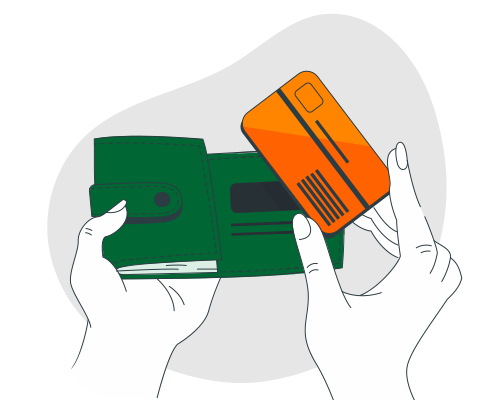
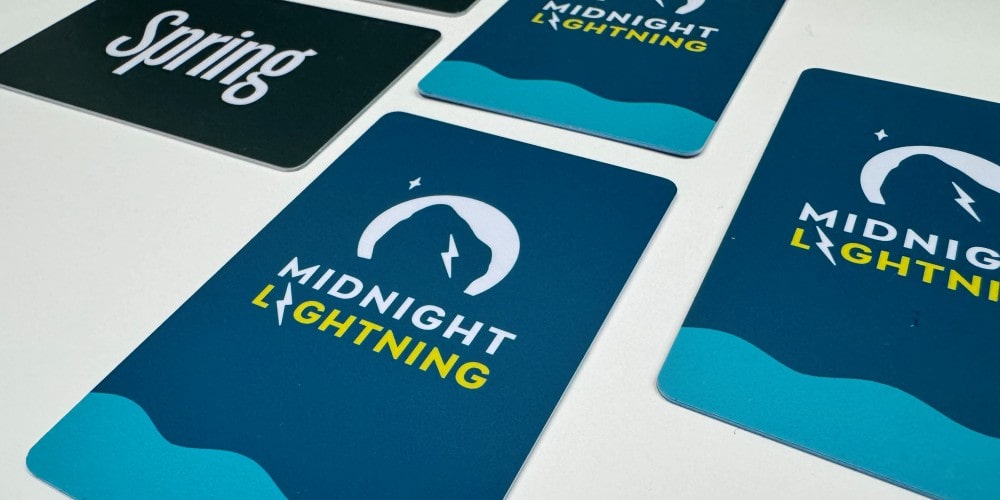
NFC (Near Field Communication) cards are tiny chips embedded within a card or tag that can wirelessly transmit data when brought close to a compatible reader, typically an NFC-enabled smartphone.
These versatile tools offer a convenient way to share information and perform actions with a simple tap.
However, understanding their capabilities is crucial with different types and features available.

These are the most basic and widely used type. They offer limited storage capacity (typically from 96 bytes to a few kilobytes) and are often not rewritable.
They are ideal for sharing simple information like contact details, website URLs, or product codes.
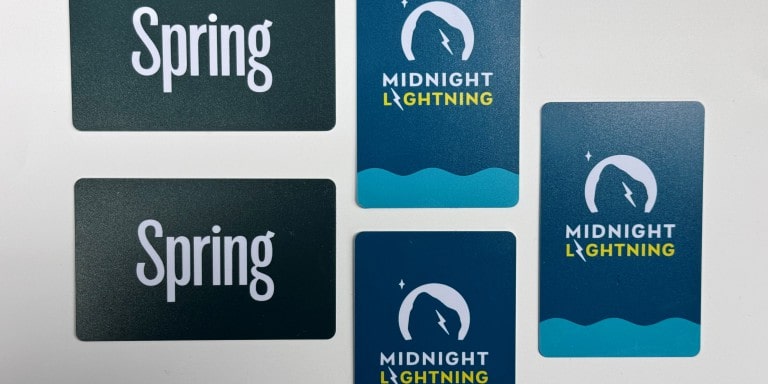
These are essentially NFC tags integrated into a sticker format.
They are convenient for attaching to physical objects like products or packaging to trigger actions like opening a product webpage or providing additional information.
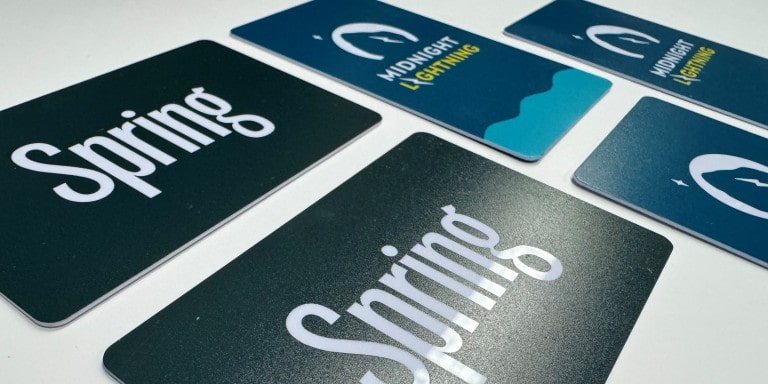
These offer significantly larger storage capacity (up to several kilobytes) and can be rewritable.
They often come with security features and processing power, allowing them for more complex applications like access control systems, transportation ticketing, or secure payments.

Offer minimal storage, typically ranging from 96 bytes (equivalent to a few business card entries) to a few kilobytes (enough for a short URL or simple text message).

Storage capacity aligns with the type of NFC tag embedded within the sticker.

Offer significantly larger storage, ranging from a few kilobytes up to several hundred kilobytes.
This allows them to store more complex data like encryption keys, user profiles, or even small files.
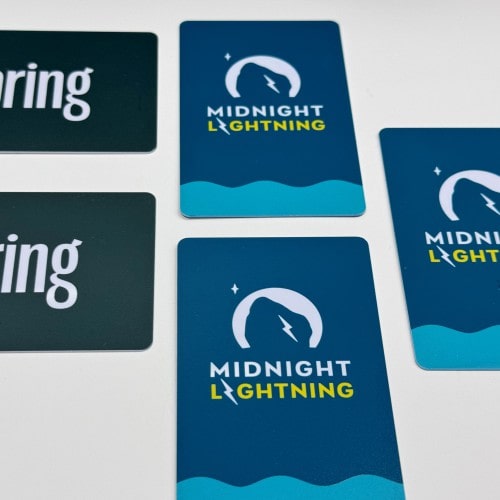

Do you need to share simple contact details or require a card for secure access control?

How much data needs to be stored on the card?

Do you need to update the information on the card?

Is data security a concern for your application?
NFC stands for Near Field Communication.
An NFC card is a small, contactless chip embedded within a card or sticker.
It can store a small amount of data and transmit it wirelessly to compatible devices when held close together.
NFC cards have a variety of uses:
An NFC business card is a traditional business card with an embedded NFC chip.
Tapping the card to a smartphone shares your contact information and potentially other details electronically.
No, your phone cannot physically be an NFC card.
However, some smartphones with NFC capabilities can read information from NFC cards.
Unfortunately, you cannot physically modify your phone to become an NFC card.
However, some phone models with NFC functionality allow you to program them to share specific information (like your contact details) when another NFC-enabled device taps them.
Consult your phone’s user manual or manufacturer’s website for specific instructions on utilizing its NFC capabilities.
Most modern smartphones come equipped with NFC technology.
You can usually find information about NFC compatibility in your phone’s settings or user manual. Look for options mentioning NFC or Near Field Communication.
No, there’s currently no way to physically add NFC functionality to a phone that doesn’t have it built-in.
Not all mobile phones have NFC capabilities.
It’s becoming increasingly common, but some older models might lack this feature.
NFC primarily works with smartphones and tablets equipped with NFC readers.
Some laptops and other devices might also have NFC functionality.
It’s best to check the device’s specifications to confirm NFC compatibility.